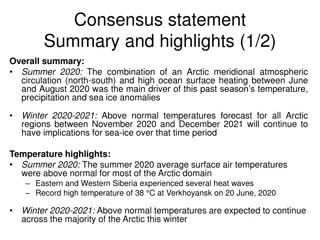
Thin Lens Optics: Problem-Solving and Lens Makers' Formula
Explore the principles of thin lens optics through problem-solving examples, including calculations for focal length, lens power, and lens curvature radii. Learn about the Lens Makers' Formula and how to determine the radii of curvature for equiconcave lenses made of specific materials.
Download Presentation

Please find below an Image/Link to download the presentation.
The content on the website is provided AS IS for your information and personal use only. It may not be sold, licensed, or shared on other websites without obtaining consent from the author. If you encounter any issues during the download, it is possible that the publisher has removed the file from their server.
You are allowed to download the files provided on this website for personal or commercial use, subject to the condition that they are used lawfully. All files are the property of their respective owners.
The content on the website is provided AS IS for your information and personal use only. It may not be sold, licensed, or shared on other websites without obtaining consent from the author.
E N D
Presentation Transcript
Lect. Discussion chapter 4( thin lens) Part 1 Optics Reference Fun. Of optics Lecture Dr.Mariam M.Abud
Step of solution 1.1 Solve problem ?+ 1 ? =1 ??? ?+? ? 4.1 An object located 12.0 cm in front of a thin lens has its image formed on the opposite side 42.0 cm from the lens. Calculate (a) the focal length of the lens and (b) the lens power. Ans. (a) +9.33 cm, (b) + 10.72 D a) ? = Solve 4.2, 4.4 ,4.11,4.18
LENS MAKERS' FORMULA Supposing the index to be known, the radii of curvature must be so chosen as to satisfy the equation
4.5 An equiconcave lens is to be made of flint glass of index 1.750. Calculate the radii of curvature if it is to have a power of - 3.0 D. Ans. Both 50.0-cm radius R1<0 R1=-ve Solve problem 4.3,4.4,4.6,4.9 1 ? 1 3? = 1.75 1 -3 = 0.75? 2 r = 50 cm ? r = 0.5 m ?








